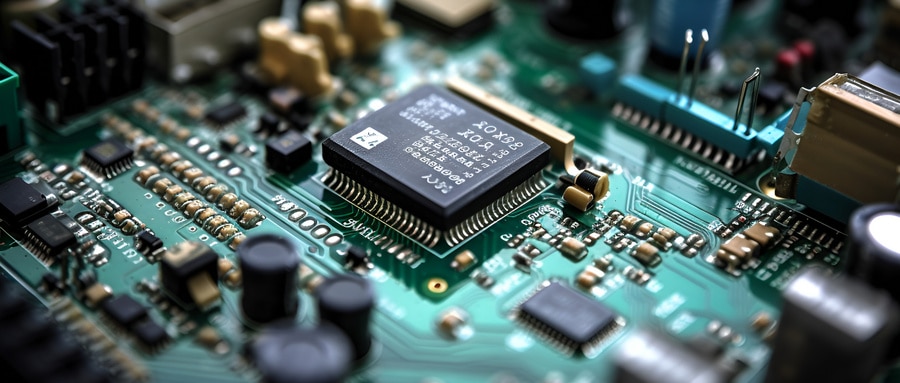Low Volume PCB Assembly: A Comprehensive Framework
Low Volume Printed Circuit Board (PCB) assembly plays a pivotal role in our technologically driven world today, from medical equipment and advanced automotive systems to everyday consumer electronics devices that rely on them. In this article, I seek to demystify PCB assembly as a process and assist production process optimization while offering insight into this often misunderstood field.
Section 1: Analyzing Low Volume PCB Assembly Process
At first, it’s essential to define what “low volume” assembly entails in relation to PCB assembly. In general terms, low-volume assembly typically refers to production runs of several units to several thousand depending on your requirements. Low-volume assembly is the perfect mix between prototyping flexibility and economies of scale benefits – providing businesses with an economical yet tailored-made solution.
Section 2: Advantages of Low Volume PCB Assembly
Low volume PCB assembly provides many advantages to startups and small businesses alike. It allows greater flexibility, faster turnaround times, cost-efficiency, as well as testing/tweaking designs before committing to larger production runs.
Section 3: Essential Elements of Low Volume PCB Assembly Process
Low volume PCB assembly involves several interlinked processes. From selecting the proper components to adhering to stringent compliance regulations and effectively managing supply chains, each step plays an integral role in the successful production of PCBs.
Section 4: Select a Low Volume PCB Assembly Partner
Selecting a PCB assembly partner is one of the most critical components of low volume PCB assembly, as factors like technical capabilities, quality assurance standards, responsiveness and competitive pricing need to be carefully considered. Working with someone who understands your project requirements can significantly increase efficiency and profitability.
Section 5: Trends for Low Volume PCB Assembly
As the digital revolution accelerates, innovation and improvement will become essential in low volume PCB assembly. Trends like lean manufacturing, automation, AI-driven quality control and sustainable production practices may soon radically transform this domain.

Low volume PCB assembly is an ever-evolving landscape. Armed with knowledge, businesses can better navigate it to improve operational efficiencies and expenses reduction, and deliver quality products that stand out in their marketplace.
Low volume PCB assembly is more than an amalgam of technical aspects; it unites businesses with the fast-paced world of technology to create innovative yet practical solutions.
Low Volume PCB Assembly FAQ:
- What is Low Volume Printed Circuit Board Assembly?
Low Volume Printed Circuit Board Assembly refers to the manufacturing process where a limited number of PCBs are assembled, typically in the range of a few to a few hundred units. This service is often used for prototyping or testing before moving on to high volume production. - What are the benefits of Low Volume Printed Circuit Board Assembly?
Low volume production allows for easier design changes, less financial risk, and often faster turnaround times. It is a perfect choice for testing and verifying the functionality of the board before mass production. - Is there a minimum order for Low Volume Printed Circuit Board Assembly?
Most manufacturers do have a minimum, but it varies. Some may accept orders as low as one piece, while others may require a minimum order of 50 or 100. - Are there any disadvantages to Low Volume Printed Circuit Board Assembly?
One disadvantage would be a higher per-unit cost as compared to high volume assembly. Low volume assembly does not offer the cost advantages of economies of scale. - Can design changes be made during Low Volume Printed Circuit Board Assembly?
Yes, one of the advantages of low volume assembly is the ability to make design changes in the midst of production. This is essential during the prototyping stage where tweaks and optimizations are often needed. - How do I choose a company for Low Volume Printed Circuit Board Assembly?
When choosing a company, consider their communication and customer service, technical capabilities, quality assurance processes, turnaround time, and cost. - Are certifications important for a Low Volume Printed Circuit Board Assembly provider?
Yes, certifications can attest to a company’s commitment to quality and standards. Look for certifications such as ISO 9001, IPC-A-610 and others. - Are Lead Times longer in Low Volume Printed Circuit Board Assembly?
Not necessarily. While the per-unit time might be longer, the total lead time is often shorter because you’re producing fewer units. - What is a turnkey service in Low Volume Printed Circuit Board Assembly?
Turnkey services refer to when a PCB Assembly provider handles every step of the process from procuring components, manufacturing, testing and shipping the finished boards. This is a very convenient service for businesses because it simplifies the whole process. - What is the role of testing in Low Volume Printed Circuit Board Assembly?
Testing is critical in low volume production. It allows for potential defects to be found and fixed before switching to mass production, saving time and unnecessary expenses.























